Introduction
How To Train Parakeets: Parakeets, those charming and intelligent small parrots, have a remarkable capacity to learn and adapt. Training them can be a rewarding experience for both you and your feathered companions. Whether you’re a first-time parakeet owner or looking to enhance the bond with your existing pets, understanding how to train parakeets effectively is a valuable skill.
We’ll explore the world of parakeet training, covering essential techniques, tips, and strategies to foster positive behaviors and enrich the lives of your birds. Training parakeets involves patience, consistency, and a deep understanding of their psychology. From teaching tricks and commands to improving their socialization and reducing undesirable behaviors, you’ll discover how to communicate with and motivate your parakeets.
We’ll delve into the importance of positive reinforcement, providing a safe and stimulating environment, and building trust between you and your birds. Training not only enhances your parakeets’ mental and physical well-being but also strengthens the bond between you as you work together towards shared goals.
Join us on this journey of discovery and empowerment as we uncover the art of parakeet training. Whether you aspire to teach your parakeet to talk, perform tricks, or simply be a well-behaved companion, this guide equips you with the knowledge and techniques to foster a harmonious and enriching relationship with your feathered friends.
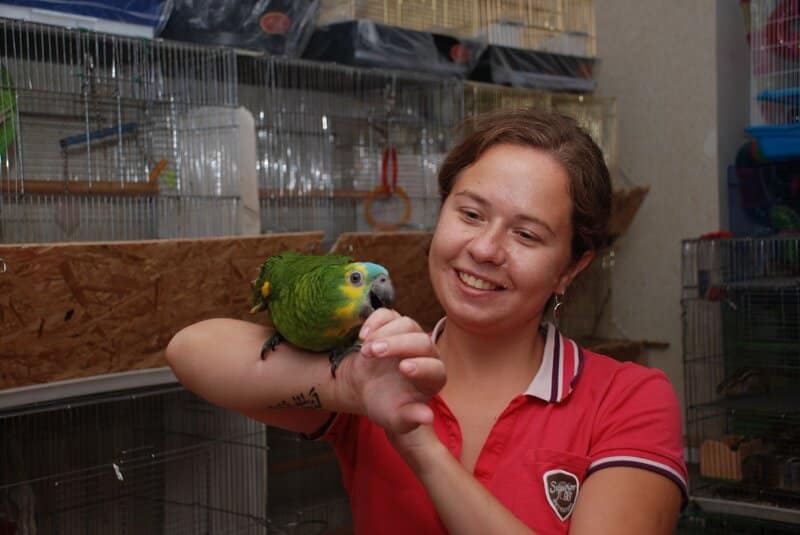
How long does it take to train a parakeet?
Taking your budgie out of their cage and keeping them on your finger will probably take at least 1 week of daily practice, but it may take longer. Be patient and move at the pace of their comfort with being outside of their cage.
The time it takes to train a parakeet can vary widely depending on several factors, including the individual bird’s temperament, previous experiences, and the specific behaviors or tricks you want to teach. Generally, training a parakeet is an ongoing process rather than a one-time event, and it can take anywhere from a few weeks to several months to achieve desired results.
Basic training, such as step-up commands or target training, can be established relatively quickly with consistent and patient efforts. Teaching more complex tricks or behaviors may require additional time and repetition. Remember that every parakeet is unique, and some may be more receptive and quick learners than others.
Consistency and positive reinforcement are key to successful training. Consistently working with your parakeet in short, daily sessions can lead to faster progress. Using positive reinforcement, such as treats and praise, when your bird exhibits the desired behavior will motivate them to continue learning.
How talkative are parakeets?
Parakeets are one of the most vocal birds in the parrot family. A happy parakeet will typically be tweeting a song, talking, or even mimicking sounds they hear often. Parakeets are able to talk using words that they’ve heard. Some have been known to learn hundreds of words from their owners.
Parakeets are known for their chatty and sociable nature. They are among the more talkative parrot species, although their talking ability varies from bird to bird. Some parakeets have a remarkable capacity to mimic sounds, words, and phrases, while others may be less inclined to talk.
Male parakeets are often more talkative than females and may be more likely to learn and repeat words or sounds. However, individual personality plays a significant role. Some parakeets may become proficient talkers, while others may choose to express themselves through whistles, chirps, or other vocalizations.
To encourage talking in your parakeet, create a stimulating and social environment. Spend time talking to them regularly, using clear and repetitive words or phrases. Be patient and consistent in your interactions. While not all parakeets will become skilled talkers, their vocalizations and playful nature add to their charm and make them delightful companions.
What is the best age to train a parakeet?
Hand Taming Your Pet Budgie or Parakeet. Hand taming is best done with one budgie and when the bird is young at around six to twelve weeks of age. After six months of age it is more difficult and time consuming with the desired results often not achieved.
The best age to start training a parakeet is when they are young, ideally between 3 to 6 months old. At this age, they are more receptive to learning and adapting to new behaviors and commands. Young parakeets are curious, energetic, and eager to explore their environment, making them more open to training and socialization.
Starting training early helps establish a foundation of trust and positive experiences with humans, which can lead to a more confident and well-behaved parakeet as they mature. Young birds are also less likely to have developed unwanted behaviors or habits that may require correction.
However, it’s important to note that training can continue throughout a parakeet’s life, and even older birds can learn new tricks and behaviors with patience and consistent training methods. The key is to start early if possible but not to be discouraged if you’re working with an older parakeet.
Are parakeets intelligent?
The “parakeets” are known for their intelligence and are even able to mimic human speech, but that intelligence might serve an even more important function: reproduction and pair bonds, according to a new study by a researcher at the University of Colorado Boulder.
Yes, parakeets are intelligent birds. While they may not possess the same level of problem-solving abilities as some larger parrot species, they are known for their quick learning, adaptability, and social intelligence. Parakeets can learn to perform various tricks, understand basic commands, and even mimic human speech and sounds.
Their intelligence is also evident in their ability to adapt to their environment, recognize their caregivers, and communicate through vocalizations and body language. Parakeets are highly social birds that thrive on interaction and mental stimulation.
Providing your parakeet with toys, puzzles, and regular socialization opportunities is essential to keep their minds engaged and prevent boredom. Their intelligence, combined with their charming personalities, makes parakeets wonderful companions for those willing to invest time in their care and enrichment.
Can you train 2 year old parakeet?
It’s never too late for a bird to learn; whether it’s learning to stop screaming, stop biting, fly for the first time or trick train or merely step up on a stranger… don’t give up on your bird by not ever giving it the chance by just assuming it’s too late.
Yes, you can train a 2-year-old parakeet, although training may be somewhat more challenging than with younger birds. Parakeets are intelligent and can continue to learn new behaviors and tricks throughout their lives. However, older parakeets may have established habits and behaviors that can take more time to modify or replace.
When training a 2-year-old parakeet, it’s essential to be patient and consistent. Start with basic training exercises, such as step-up commands or target training, to build trust and a foundation for more advanced training. Use positive reinforcement techniques, such as offering treats or praise, to motivate your parakeet to participate in the training sessions.
Keep in mind that individual parakeets have unique personalities, and some may be more receptive to training than others. It’s crucial to adapt your training approach to suit your bird’s temperament and preferences. With time and dedication, you can teach your 2-year-old parakeet new skills and strengthen your bond.
Does a parakeet talk?
Parakeets are one of the most vocal birds in the parrot family. A happy parakeet will typically be tweeting a song, talking, or even mimicking sounds they hear often. Parakeets are able to talk using words that they’ve heard. Some have been known to learn hundreds of words from their owners.
Yes, parakeets, also known as budgerigars or budgies, are capable of talking. They are among the more talkative parrot species, known for their ability to mimic sounds, words, and phrases. However, not all parakeets talk, and their talking ability can vary from bird to bird.
Male parakeets are often more inclined to talk than females, although there are exceptions. Individual personality plays a significant role. Some parakeets may become proficient talkers, while others may prefer to express themselves through whistles, chirps, or other vocalizations.
To encourage talking in your parakeet, spend time talking to them regularly using clear and repetitive words or phrases. Be patient and consistent in your interactions, and use positive reinforcement techniques like treats and praise when your parakeet mimics sounds or words. While not all parakeets will become skilled talkers, their vocalizations and ability to bond with their owners make them delightful companions.
How do you attract parakeets?
Nuts – Parrots and parakeets are especially fond of nuts, such as almonds and peanuts, especially if they are still in their shell. Fruits – They love to feast on fresh foods. Favorite fruits for these birds include bananas, berries, nectarines, apples and figs.
Attracting wild parakeets to your garden or outdoor space can be a rewarding experience. Parakeets are social birds that often travel in flocks. To attract them, consider the following tips:
Provide Food: Offer a variety of bird-friendly foods, such as seeds, fruits, and vegetables, in a designated feeding area. Parakeets are particularly fond of sunflower seeds and millet.
Use Bird Feeders: Install bird feeders, especially those designed for smaller birds like parakeets. These can help keep the food clean and dry.
Fresh Water: Ensure a clean and accessible water source, such as a birdbath or shallow dish. Parakeets need water for drinking and bathing.
Safe Environment: Create a safe and inviting environment by planting trees or shrubs where parakeets can perch and feel secure. Parakeets are more likely to visit if they have suitable roosting spots.
Avoid Pesticides: Avoid using pesticides in your garden, as they can harm not only parakeets but also other wildlife.
Patience: Attracting parakeets may take some time, as they are naturally cautious. Be patient and consistent in providing food and water, and over time, you may be rewarded with their presence.
Remember that attracting wild parakeets may vary depending on your geographical location and the presence of local populations. Additionally, it’s essential to respect local regulations regarding wildlife feeding.
Where do parakeets like to be petted at?
Even if a bird’s sexual organs aren’t located in the areas of their back and beneath their wings, most birds still prefer being pet on the head and neck. Start petting your bird gently at their beak so they can get to know you and start trusting you.
Parakeets enjoy being petted on their heads and necks. Gently stroke their head feathers with your fingertip, moving your hand slowly to allow them to become accustomed to the sensation. Some parakeets may also enjoy gentle scratches under their beak or on the sides of their face.
It’s crucial to pay attention to your parakeet’s body language while petting them. If they lean into your hand, puff up their feathers, and make contented sounds, they are likely enjoying the interaction. However, if they show signs of discomfort, such as moving away, raising their beak, or vocalizing in a distressed manner, it’s essential to respect their boundaries and stop petting them.
Every parakeet has its preferences when it comes to petting, so it’s important to observe your bird’s reactions and adjust your interactions accordingly. Building trust through positive experiences will help your parakeet become more comfortable with petting and handling over time.
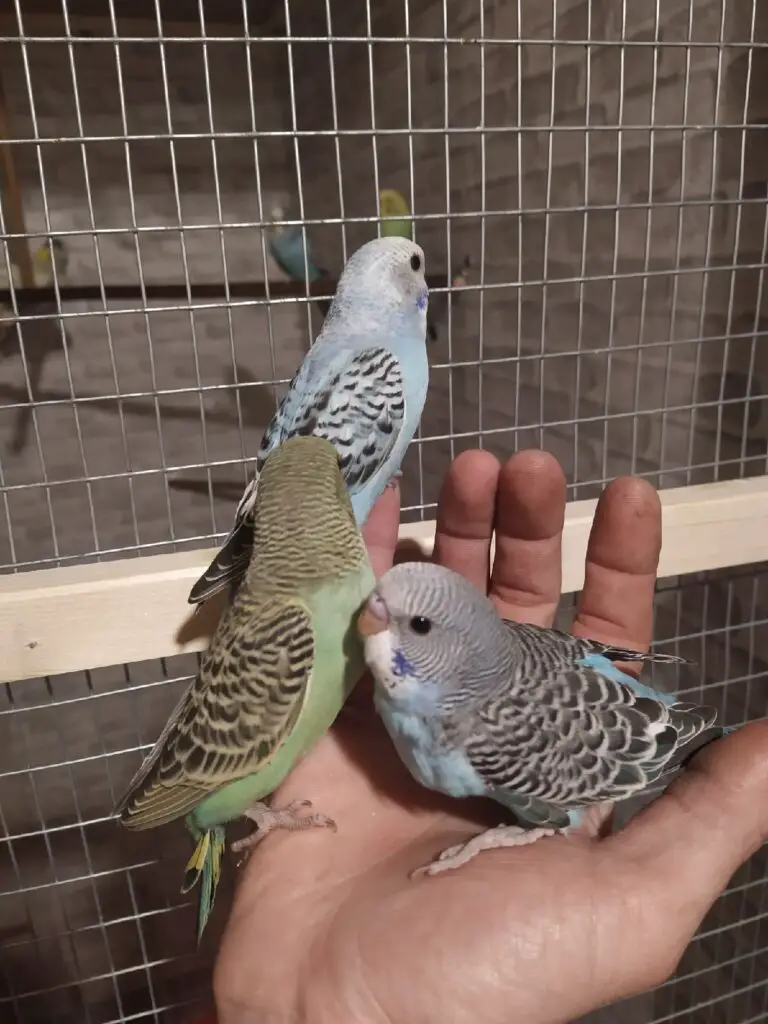
Conclusion
Training parakeets is a fulfilling endeavor that deepens the bond between you and your feathered companions while enhancing their quality of life. We’ve explored essential techniques and strategies to help you become a skilled parakeet trainer. As you embark on your training journey, remember that patience, consistency, and understanding are your most valuable tools.
One of the most crucial aspects of successful parakeet training is positive reinforcement. Rewarding desired behaviors with treats, praise, and attention helps reinforce those behaviors and encourages your parakeets to continue learning. It’s a gentle and effective way to communicate with your birds.
Creating a safe and stimulating environment is equally important. Parakeets thrive in environments that provide mental and physical challenges. Toys, perches, and a variety of experiences contribute to their well-being and keep them mentally engaged.
Building trust is the foundation of any successful training regimen. Spend time with your parakeets, allow them to become accustomed to your presence, and use gentle handling techniques. Trust is the key to a strong and loving relationship.
Parakeet training is a journey of discovery and enrichment. Whether you aim to teach tricks, improve behavior, or simply enjoy the companionship of well-trained birds, the effort you invest in training will be rewarded with the joy of a harmonious relationship with your parakeets. Embrace the learning process, celebrate small victories, and cherish the moments of connection as you and your parakeets grow together.

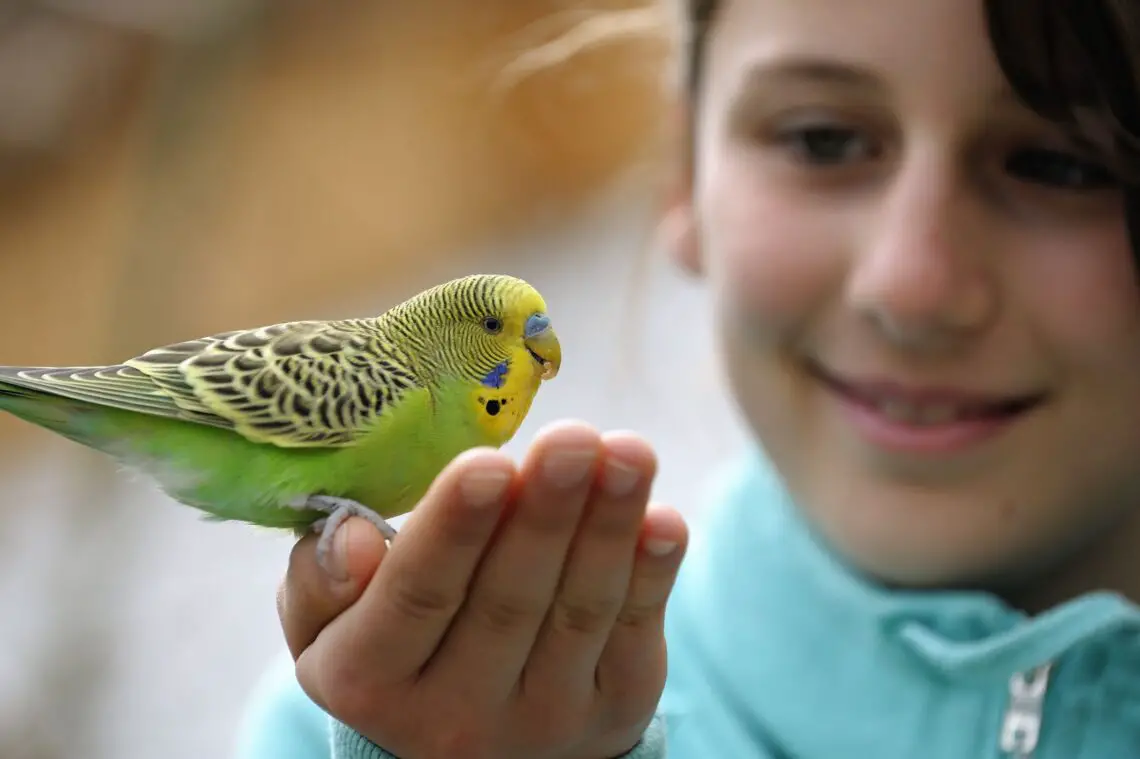
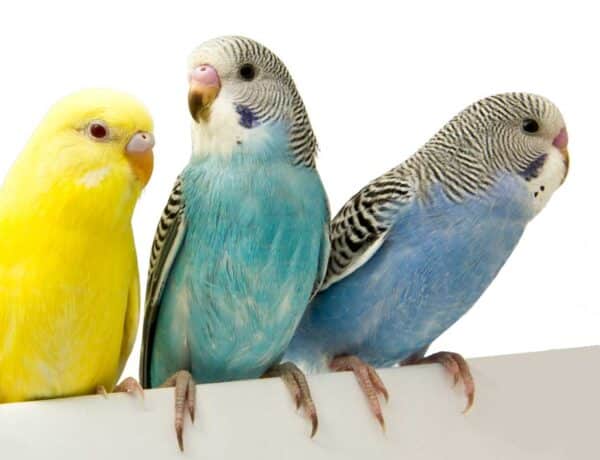
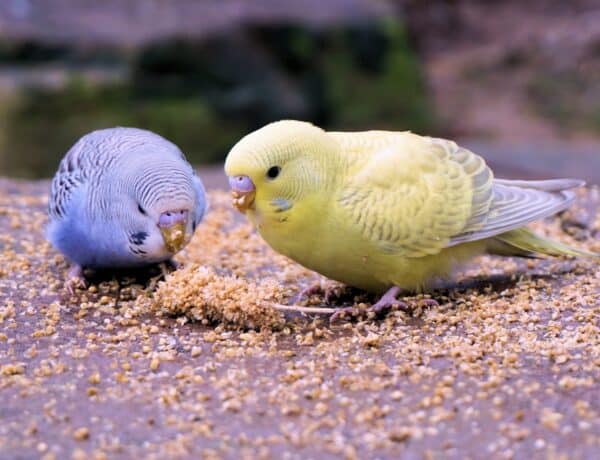
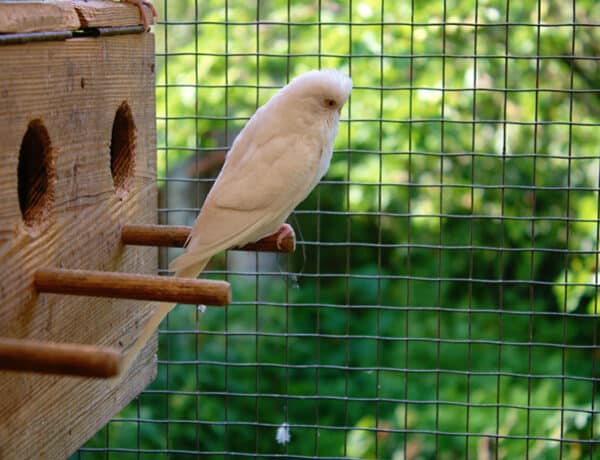
No Comments